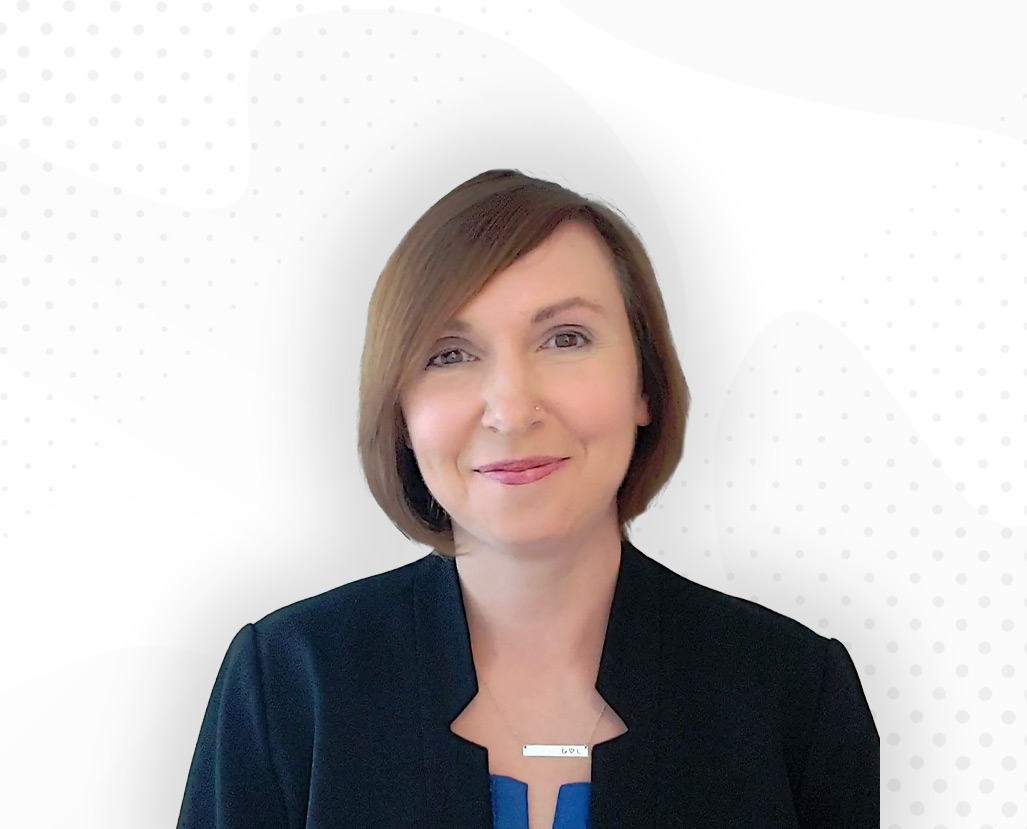One of the key projects I'm working on is expanding the scope of our first Qualified Residential Treatment Program (QRTP) assessment project in a midwestern state. These treatment programs serve children with specific behavioral health needs that may benefit from a short-term residential treatment placement.
Our state client is implementing a unified assessment process to determine the most appropriate level of care for children, whether QRTP, Psychiatric Residential Treatment Facility, treatment foster care, or in the community with community supports. This approach aims to streamline the process and avoid children needing to go through multiple assessment processes.
For our clinical assessors, the unified assessment approach also ensures we consider the various level of care options and make our decisions based on the least restrictive and most appropriate setting for each child. It also helps avoid the pitfall of approvals for more than one service that could inadvertently lead to a higher level of care being selected.


